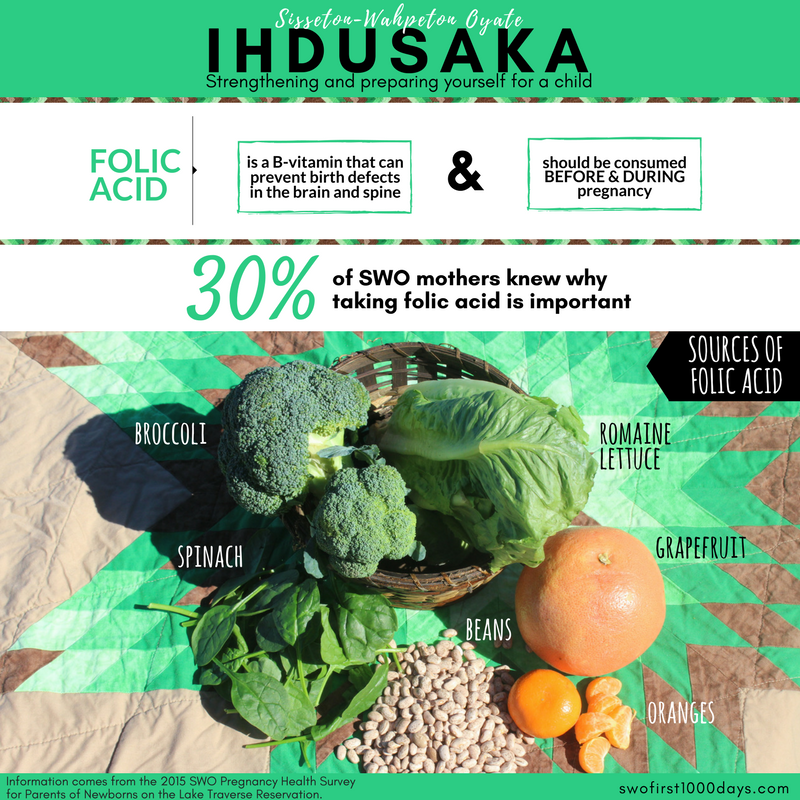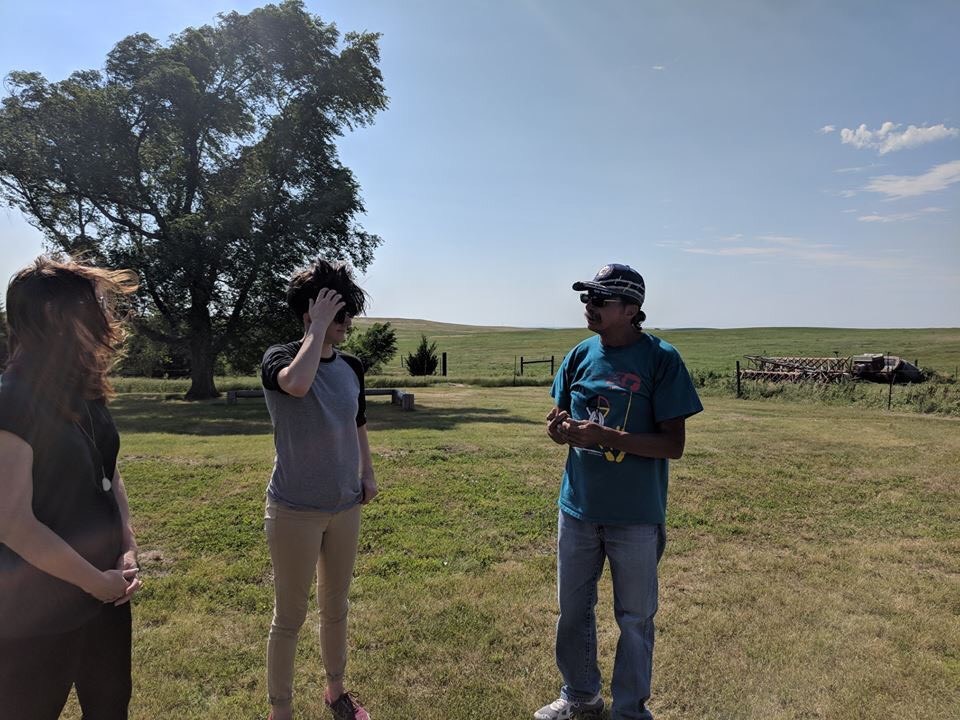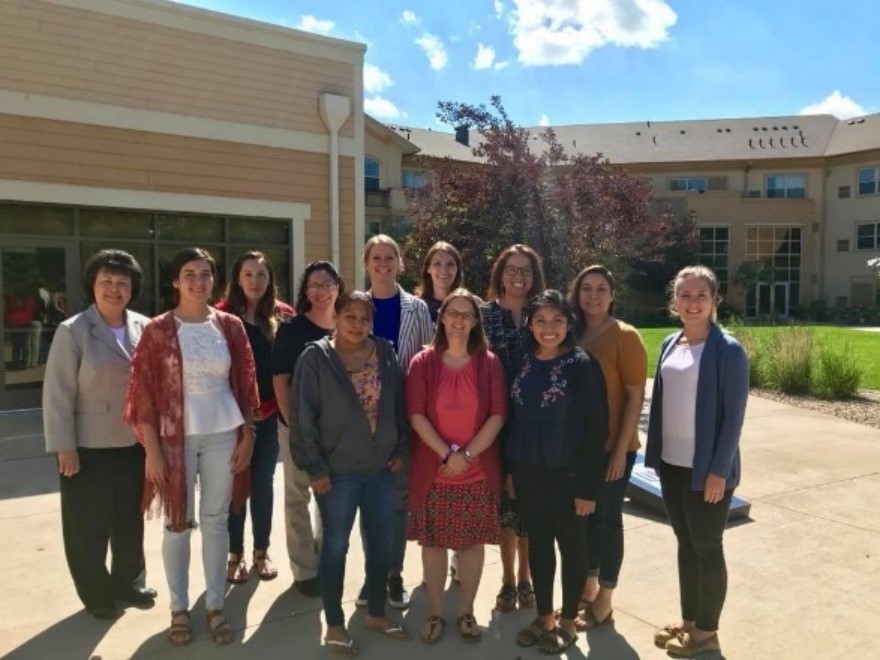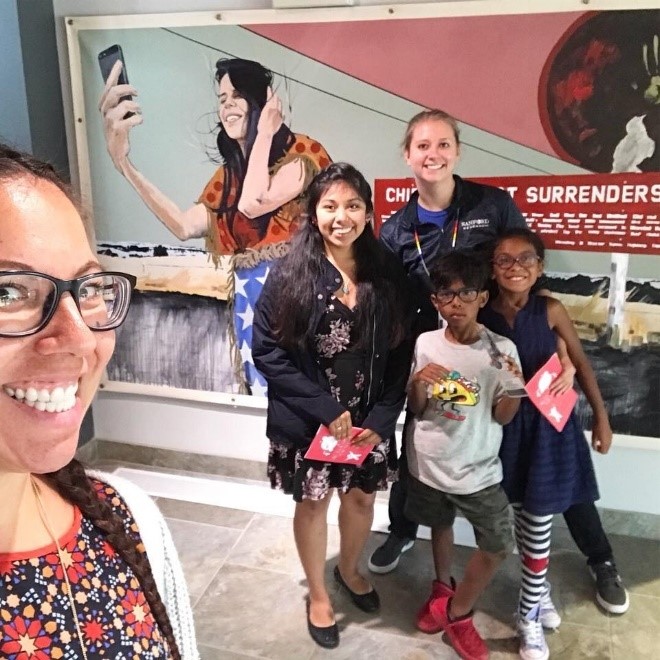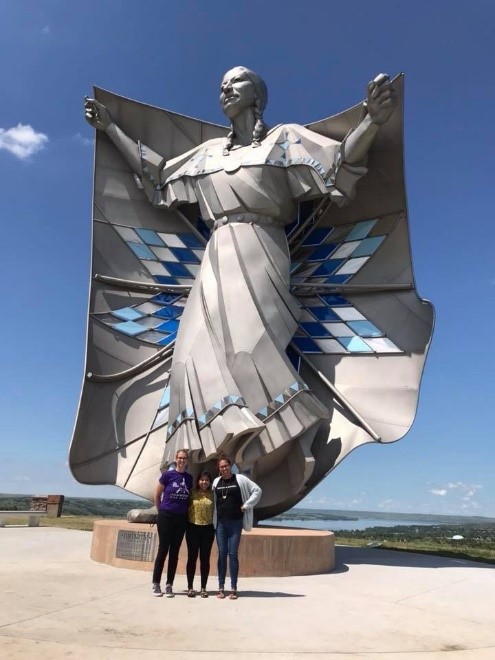Research Data Management Toolkit
Why is it important for tribal nations to think about managing research data?
What can be done with data that comes from research projects occurring within tribal nations?
Version 2 of the CRCAIH Research Data Management Toolkit aims to answer these questions and provide a framework for tribal nations to manage the research data that comes from their community. In 2016, CRCAIH released the Data Management Toolkit, which provided a lot of great technical insight to data management in the research realm; however, we found that it did not completely meet the needs of our Tribal Partners. After many discussions, we decided to update the toolkit and add more tribal perspective and context to make this a tool that any tribal nation could pick up and use to get the conversation and process started.
This is not an easy undertaking; in fact, it has been a much-nuanced endeavor, becoming more complicated with each layer that is peeled back. No two tribal nations are alike and that is apparent when our Tribal Partners talk about their data experiences, and with each discussion, I realized what a unique situation we found ourselves in when we decided to update this toolkit. Research data management will not look the same in every tribal nation, but we hope that every tribe that references the updated toolkit will be able to find helpful pieces that allow them to build and strengthen their data management framework.
Within CRCAIH, many of our conversations regarding managing research data were going in circles, oftentimes with no resolutions being found, which is what led us to updating this toolkit. There needs to be options for tribal nations involved in research, or who want to be involved in research, to play a bigger role in deciding what is done with the data produced about them. We have all been working hard to get the changes made in a sensible, culturally relevant way, and I am personally pleased with the outcome so far.
Once this toolkit is complete, tribes can reference it to find:
- Template for Research Data Management Policies and Procedures
- Questions to ask concerning data when reviewing research projects
- Example Data-Use Agreement
- Suggestions on obtaining data from researchers
- How to store the data
- How the tribal nation can use that data
- Sample dissemination plan
- Secondary research projects
- How to handle unique situations that may occur with tribal nation data
- Lifecycles of data
- Definitions regarding data
This has been a fun (and exhausting) project and the product is going to be AMAZING. Keep your eyes peeled for more updates on this toolkit and its release date.
By: Michaela Seiber, MPH | Sisseton-Wahpeton Oyate | CRCAIH Regulatory Knowledge Core
